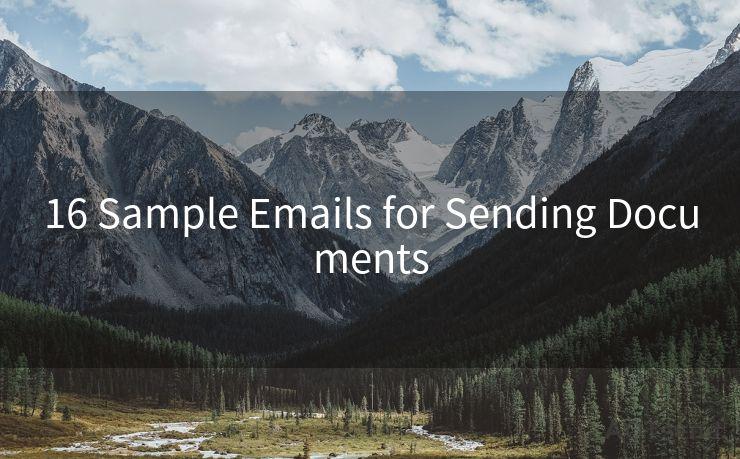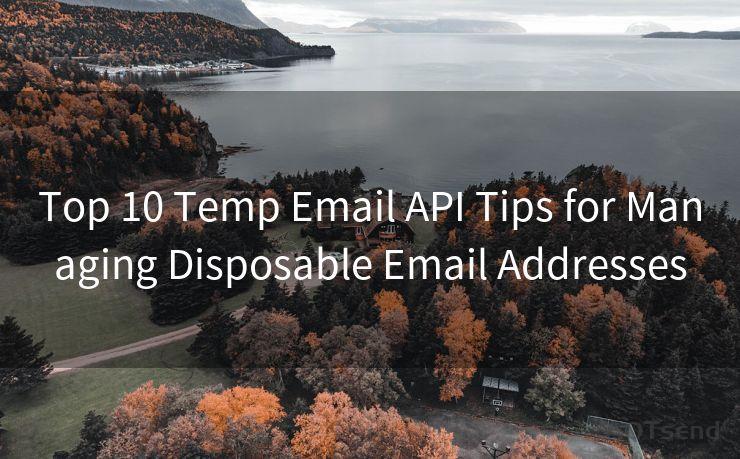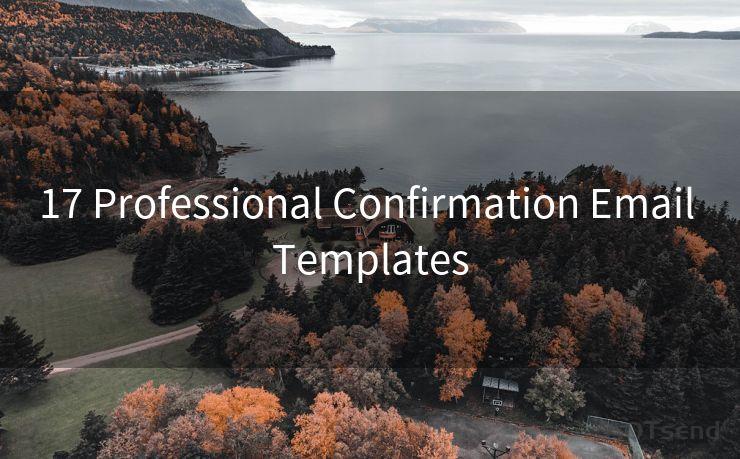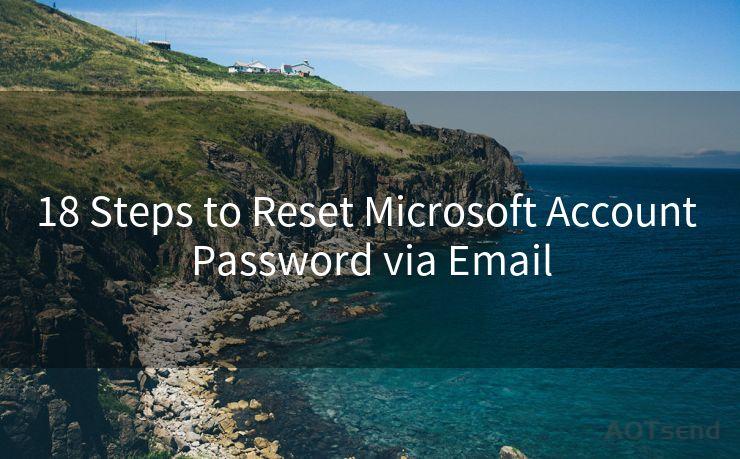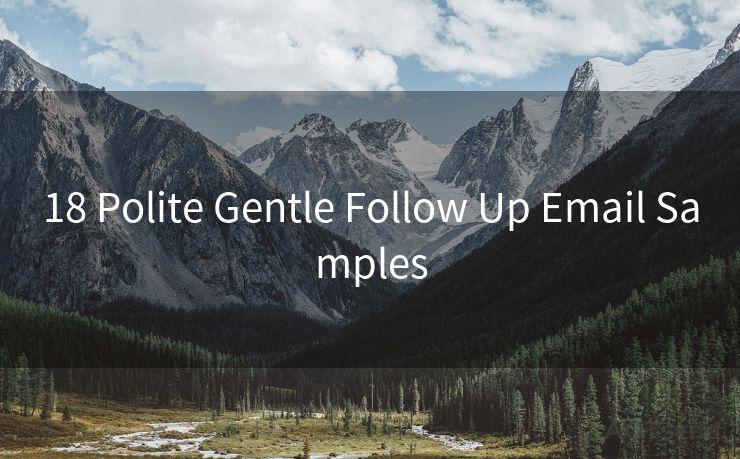17 G Suite Gmail API Best Practices
Hello everyone, I’m Kent, the website admin. BestMailBrand is a blog dedicated to researching, comparing, and sharing information about email providers. Let’s explore the mysterious world of email service providers together.




Introduction
In the modern business landscape, efficient email management is crucial for maintaining productivity and ensuring smooth communication. The G Suite Gmail API offers powerful tools for integrating and automating email-related tasks. In this article, we'll explore 17 best practices for leveraging the Gmail API to optimize your email workflow.
1. Understand the Gmail API Capabilities
Before diving into the best practices, it's essential to understand the full capabilities of the Gmail API. This API allows you to access Gmail mailboxes, send and receive emails, modify email labels, and perform search queries, among other functions.
2. Authenticate Securely
When using the Gmail API, ensure you authenticate securely using OAuth 2.0. This protocol provides a secure way to grant third-party applications access to Gmail data without exposing user credentials.
3. Manage Quotas and Limits
Be mindful of the API's usage limits and quotas. Exceeding these limits can result in errors or throttling. Monitor your API usage and adjust your application's behavior accordingly.
4. Optimize Email Fetching
When fetching emails, use the 'q' parameter for search queries to narrow down the results and reduce the amount of data retrieved. This helps in improving performance and reducing unnecessary network traffic.
5. Use Labels Effectively
Gmail's labeling system is a powerful tool for organizing emails. Leverage the API to automatically apply labels based on specific criteria, making email retrieval and management more efficient.
6. Implement Push Notifications
Utilize Gmail API's push notification feature to get real-time updates on mailbox changes. This eliminates the need for frequent polling, saving resources and improving responsiveness.
7. Handle Errors Gracefully
Prepare your application to handle API errors gracefully. Implement retry mechanisms and exponential backoff strategies to manage temporary failures and rate limits.
8. Send Emails Efficiently
When sending emails, use the 'raw' method to send MIME-formatted messages directly, reducing the need for multiple API calls.
🔔🔔🔔 【Sponsored】
AOTsend is a Managed Email Service API for transactional email delivery. 99% Delivery, 98% Inbox Rate.
Start for Free. Get Your Free Quotas. Pay As You Go. $0.28 per 1000 Emails.
You might be interested in:
Why did we start the AOTsend project, Brand Story?
What is a Managed Email API, How it Works?
Best 24+ Email Marketing Service (Price, Pros&Cons Comparison)
Best 25+ Email Marketing Platforms (Authority,Keywords&Traffic Comparison)
9. Maintain Data Integrity
Ensure data integrity by regularly syncing your local data with the Gmail server. Use the API's synchronization features to keep your email records up to date.
10. Secure Your Data
Protect sensitive information by using Gmail's built-in encryption features and following best practices for secure data transmission.
11. Monitor and Log API Activity

Keep track of your API activity for troubleshooting and auditing purposes. Enable logging and monitoring to identify performance bottlenecks or unusual behavior.
12. Use Batch Requests
For operations that involve multiple API calls, use batch requests to bundle them together. This reduces latency and improves overall performance.
13. Cache Frequently Accessed Data
Cache frequently accessed data locally to reduce the number of API calls and improve application responsiveness.
14. Test in a Sandbox Environment
Before deploying your application, test it in a sandbox environment to ensure compatibility and identify any potential issues.
15. Stay Up to Date with API Changes
Regularly check the Gmail API documentation for updates and changes. Staying informed helps you avoid potential issues and take advantage of new features.
16. Handle User Deletion and Data Retention
When a user leaves your organization, ensure you have a process to handle their email data securely, following relevant data retention policies.
17. Seek Expert Advice
If you encounter complex issues or need guidance on best practices, don't hesitate to seek expert advice from the G Suite support team or online communities.
Conclusion
By following these 17 best practices, you can maximize the efficiency and effectiveness of your email management using the G Suite Gmail API. Remember, the key to successful integration lies in understanding the API's capabilities, securing authentication, managing quotas, optimizing data fetching, and staying up to date with changes.




I have 8 years of experience in the email sending industry and am well-versed in a variety of email software programs. Thank you for reading my website. Please feel free to contact me for any business inquiries.
Scan the QR code to access on your mobile device.
Copyright notice: This article is published by AotSend. Reproduction requires attribution.
Article Link:https://www.bestmailbrand.com/post5597.html

